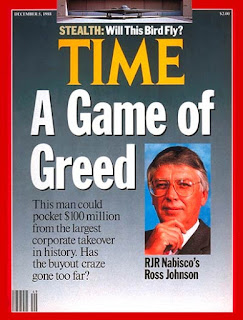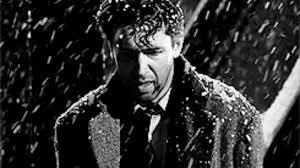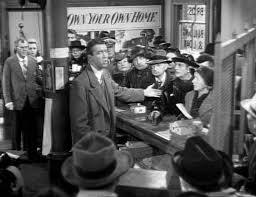The Death of "Mr Greed"
Former RJR Nabisco CEO F. Ross Johnson Dies at Age 85 - Executive’s exploits at food and tobacco company became symbol of corporate greed
Excerpt:
Mr. Johnson’s fame spread beyond the world of business when his exploits at the food and tobacco company were recounted in the book “Barbarians at the Gate,” made into a movie with James Garner playing the CEO.
Mr. Johnson’s audacious effort to take RJR private in October 1988 set off a bidding war in which Kohlberg Kravis Roberts & Co. wound up prevailing with a bid of $25 billion, then the largest corporate takeover in history.
Though Mr. Johnson’s investment group was outmaneuvered, he was perhaps the biggest winner, walking away with a “golden parachute” payment of about $50 million.
Even before the bid, the gregarious Canadian-born executive was becoming known for his free-spending ways. In “Barbarians at the Gate,” former Wall Street Journal reporters Bryan Burrough and John Helyar wrote that Mr. Johnson and his colleagues crisscrossed the world in 10 corporate airplanes, sometimes dubbed the RJR Air Force.
The Atlanta-based company stored its jets in a hangar next to a three-story waiting area with floors of Italian marble and a walk-in wine cooler.
Mr. Johnson had two dozen country club memberships, and his two maids were on the corporate payroll. His office at RJR headquarters in Atlanta featured a $51,000 vase, a $36,000 end table and a $100,000 rug.
A sports enthusiast who played basketball in college, Mr. Johnson hired big-name athletes including Jack Nicklaus and Rod Laver to attend corporate events and schmooze with customers. RJR sponsored the annual Nabisco Dinah Shore Invitational golf tournament as a way of entertaining grocery executives and others whose help was needed in selling company products including Oreo cookies, Ritz crackers and Camel cigarettes.
Brushing aside quibbles about costs, he once advised a colleague: “A few million dollars are lost in the sands of time.”Comment: I don't respect executives who "suck" from companies. See below for more excess:


















































